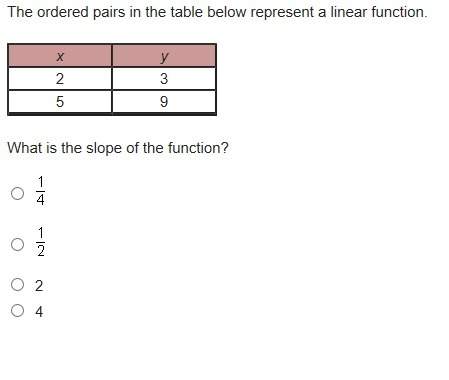What is in the final step in the problem-solving process?
a. read the problem.
b. check...

Mathematics, 02.10.2019 20:50 grumpygreengori
What is in the final step in the problem-solving process?
a. read the problem.
b. check your work.
c. do the work neatly.
d. decide which operations must be used.

Answers: 2


Other questions on the subject: Mathematics


Mathematics, 21.06.2019 19:20, ayeofaygo5168
The fraction of defective integrated circuits produced in a photolithography process is being studied. a random sample of 300 circuits is tested, revealing 17 defectives. (a) calculate a 95% two-sided confidence interval on the fraction of defective circuits produced by this particular tool. round the answers to 4 decimal places. less-than-or-equal-to p less-than-or-equal-to (b) calculate a 95% upper confidence bound on the fraction of defective circuits. round the answer to 4 decimal places. p less-than-or-equal-to
Answers: 3


Mathematics, 21.06.2019 22:10, KekePonds1021
Which equation is y = -6x2 + 3x + 2 rewritten in vertex form?
Answers: 1
You know the right answer?
Questions in other subjects:

History, 29.11.2021 21:20












